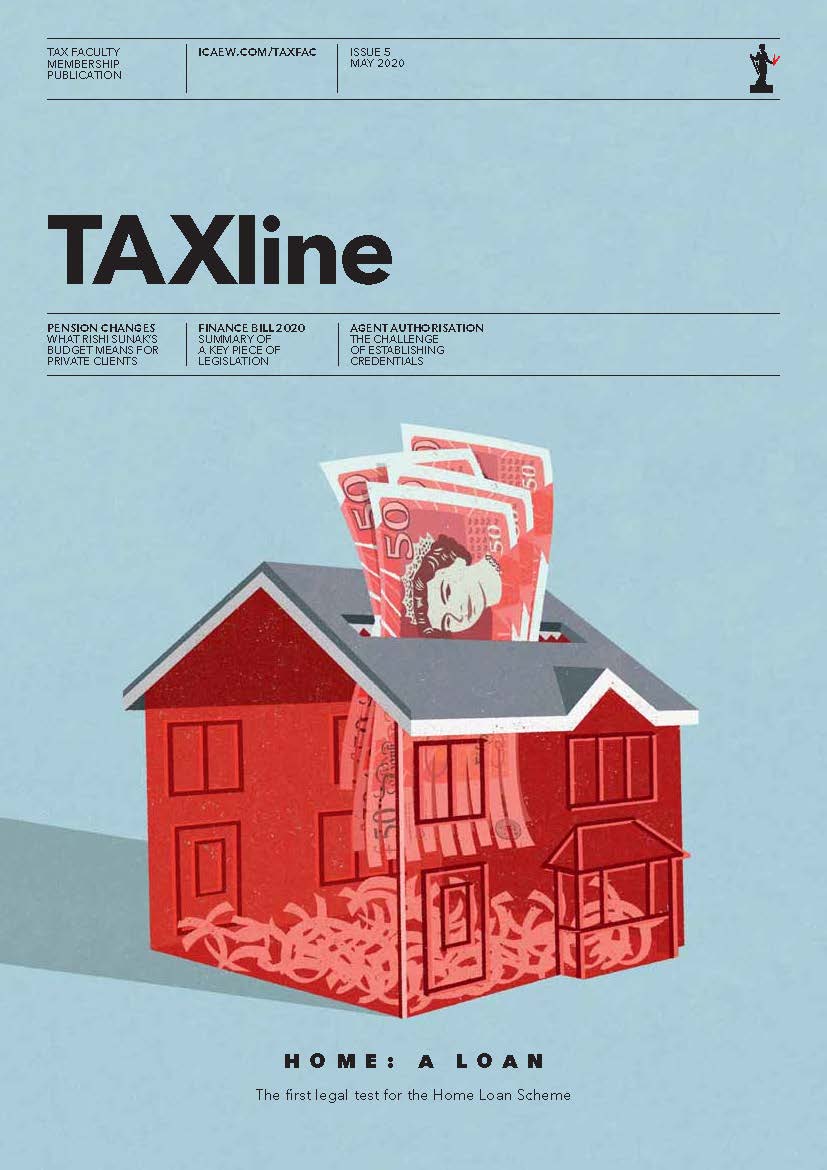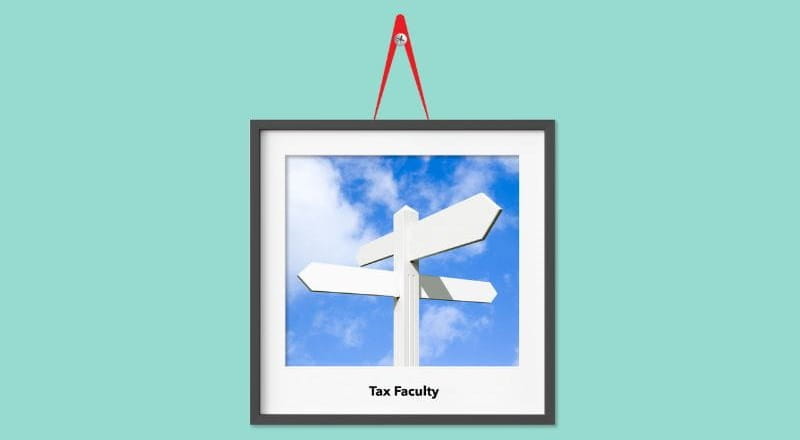17 October update
On 17 October, the new Chancellor of The Exchequer, Jeremy Hunt, brought forward a number of measures from the late October Medium-Term Fiscal Plan. These reversed most of the changes that had been announced by his predecessor, Kwasi Kwarteng, on 23 September.
As an attempt to reward enterprise and work and attract the best and brightest to innovate in the UK, the government is cutting income tax rates.
The basic rate of income tax is being cut to 19% from 6 April 2023, accelerating the previous chancellor’s promise to do so from 2024. The government estimates that the changes will save taxpayers an average of £170 in 2023/24.
Furthermore, the 45% additional rate of income tax, applying to income of over £150,000, is being abolished from 6 April 2023.
These changes will primarily affect taxpayers in England, Wales and Northern Ireland. HMRC has confirmed that the trust rate will also reduce from 45% to 40% from 6 April 2023.
| 2022/23 | 2023/24 | |
| Income tax | ||
| Basic rate | 20% | 19% |
| Higher rate | 40% | 40% |
| Additional rate | 45% | N/A |
The basic rate applies to:
- non-savings, non-dividend income for taxpayers in England, Wales and Northern Ireland;
- the savings basic rate which applies to savings income for taxpayers across the UK; and
- the default basic rate which applies to non-savings and non-dividend income of any taxpayer that is not subject to either the main rates or the Scottish rates of income tax.
The additional rate applies to the main rates which apply to:
- non-savings, non-dividend income for taxpayers in England, Wales and Northern Ireland;
- the savings rates which apply to savings income for taxpayers across the UK; and
- the default additional rate which applies to non-savings and non-dividend income of any taxpayer that is not subject to either the main rates or the Scottish rates of income tax.
Income tax personal allowance and thresholds
There was no mention of changing the personal allowance or the higher rate threshold. These were frozen until 2026 by the previous chancellor. These amounts would normally rise in line with the September consumer prices index (CPI) figure (when not frozen as currently). The September CPI announcement is not due until 19 October.
Furthermore, it is assumed that the withdrawal of the personal allowance for individuals with income of over £100,000 will remain.
Dividend tax rates
The Growth Plan 2022 confirmed the 1.25 percentage point reduction in dividend tax rates for 2022/23 alongside the abolition of the additional rate for dividends.
| 2022/23 | 2023/24 | |
| Dividend rates (UK wide) | ||
| Basic rate | 8.75% | 7.5% |
| Higher rate | 33.75% | 32.5% |
| Additional rate | 39.35% | N/A |
HMRC has confirmed that the dividend trust rate will also reduce to 32.5% from 6 April 2023.
Savings allowance
Additional rate taxpayers currently do not have a personal savings allowance available to them. However, following the abolition of the additional rate, they will benefit from the £500 personal savings allowance for higher rate taxpayers.
Impact on individual landlords
For landlords, the reduction in the basic rate means that the tax reduction for residential property finance costs will be at the lower 19% rate from 6 April 2023. This potentially exacerbates the effect of the finance cost restriction for higher rate taxpayers. During a period of increasingly high interest rates, this may significantly cut into rental profits.
Gift aid and pensions
A four-year transition period will keep gift aid relief at its current 20% level for eligible donations until 2027, extending the previous three-year transitional period announced at the Spring Statement 2022. This will allow charities to continue to claim back additional funding at 20%. Pension relief at source will also continue to apply at 20% for private pension contributions made in 2023/24.
Read more:
-
Update History
- 04 Oct 2022 (12: 00 AM BST)
- Updated following the announcement that the chancellor scraps planned cut to 45% income tax rate
- 29 Sep 2022 (04: 00 PM BST)
- Updated following HMRC’s confirmation of the trust rates in 2023/24.
Tax Faculty
This guidance is created by the Tax Faculty, recognised internationally as a leading authority and source of expertise on taxation. The Faculty is the voice of tax for ICAEW, responsible for all submissions to the tax authorities. Join the Faculty for expert guidance and support enabling you to provide the best advice on tax to your clients or business.
More support on tax
ICAEW's Tax Faculty provides technical guidance and practical support on tax practice and policy. You can sign up to the Tax Faculty's free enewsletter (TAXwire) which provides weekly updates on developments in tax.
Sign up for TAXwireJoin the Tax Faculty


